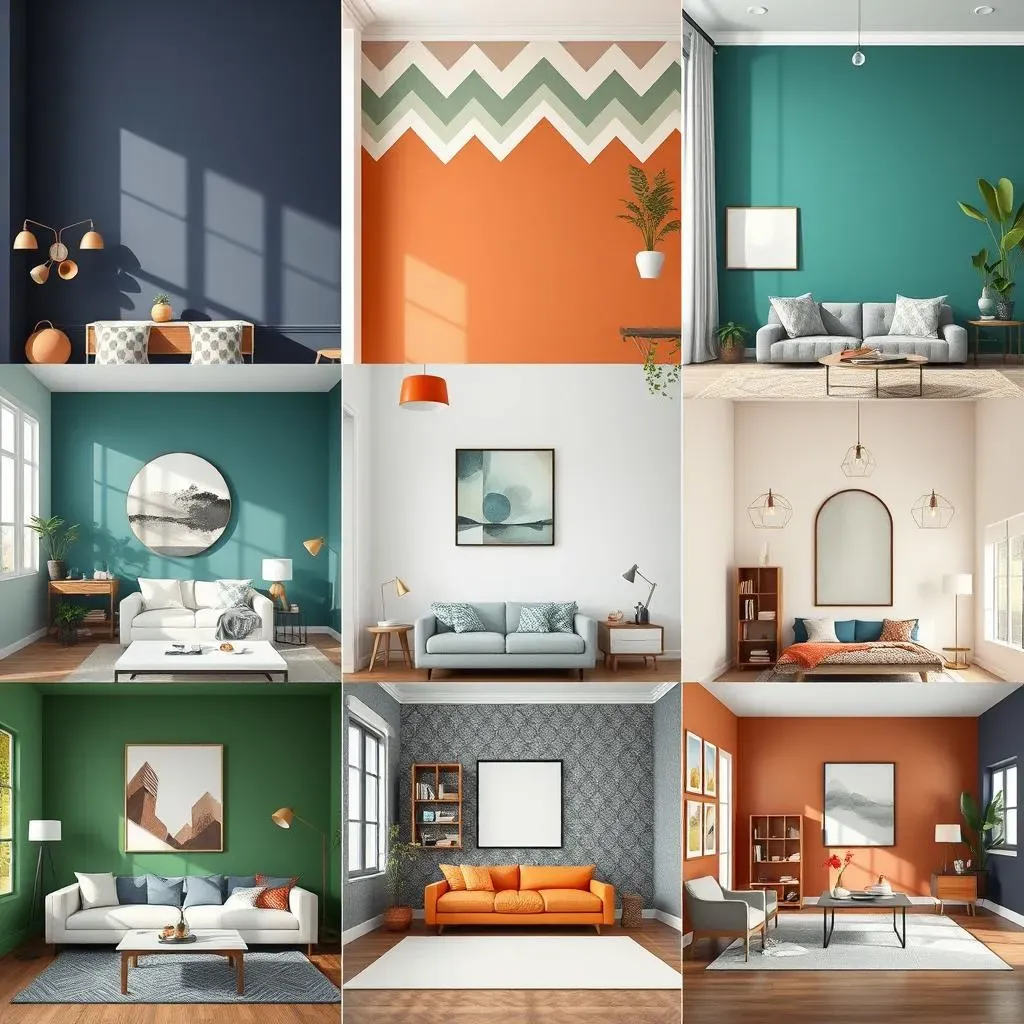Table of Contents
Ever stared at a room and thought, "This needs a little something extra?" That's where accent walls swoop in to save the day! They're like the superheroes of interior design, ready to transform any space from drab to fab with just a splash of paint. But before you grab that brush, let's talk about how to do it right. This article is your ultimate guide to "painting ideas for accent walls," and it's packed with tips and tricks to help you choose the perfect color and style for your home. We'll explore how to pick colors that complement your furniture and lighting, and we'll look at different accent wall ideas for various rooms. Whether you're aiming for a bold statement or a subtle touch, we've got you covered. Get ready to unleash your inner artist and create a space that's uniquely yours. We’ll also tackle the how-to of DIY, and address any burning questions you might have. Let's get started!
Choosing the Right Colors for Your Accent Wall Painting Ideas
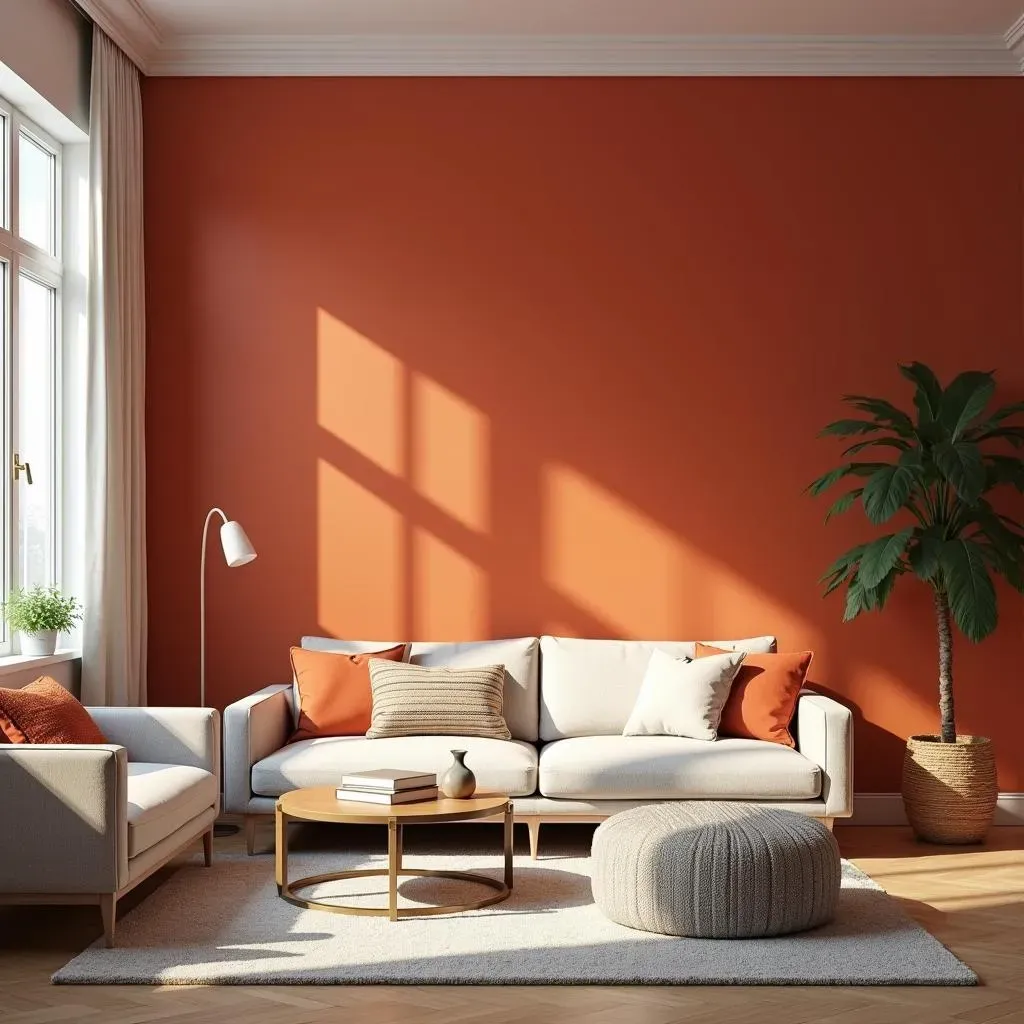
Choosing the Right Colors for Your Accent Wall Painting Ideas
Okay, so you're ready to jump into the world of accent walls, awesome! But picking that perfect color? It can feel like trying to choose a favorite candy in a store that's overflowing with options. First, think about the room's vibe. Is it a chill-out zone where you want to relax? Or is it a space that should energize you? Then, take a good look at the furniture and decor you already have. You don't want an accent wall that clashes, it should be something that compliments the whole set up. Also, lighting is a big deal. A color that looks amazing in the store could look totally different in your room, depending on if you have big sunny windows or a cozy lamp. Don't be afraid to grab some paint samples and try them out on your wall before committing. Trust me, it's worth the extra step.
Painting Ideas for Accent Walls by Room: Inspiration for Every Space
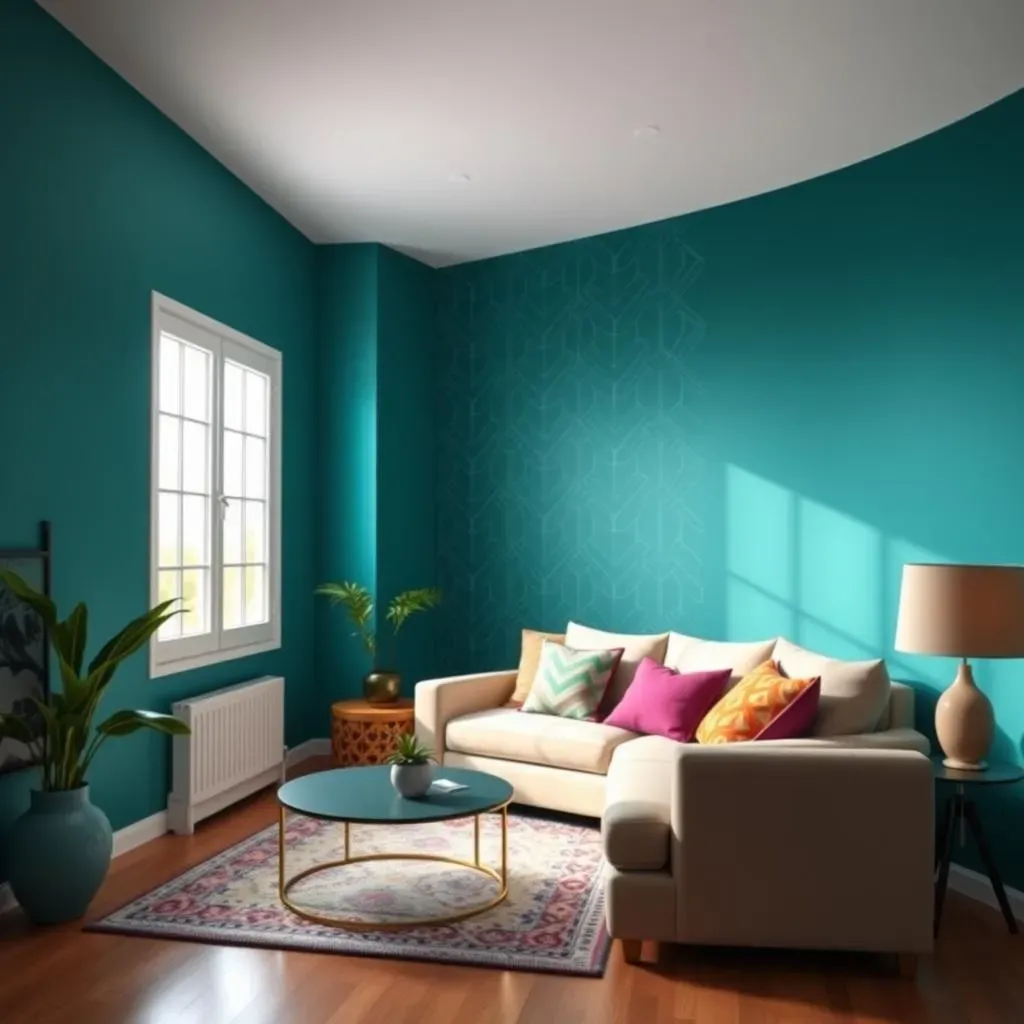
Painting Ideas for Accent Walls by Room: Inspiration for Every Space
Living Room: Make a Statement
Let's kick things off in the living room, the heart of the home, where you probably spend most of your time. This is a great place to make a bold statement with your accent wall. Think deep blues or greens for a calming effect, or maybe a vibrant orange or yellow to inject some energy. If you're feeling fancy, try a geometric pattern or even a textured paint to add some depth. One time I used a dark teal in my living room and it just made everything pop, it made the space feel so much more inviting. Don't be afraid to experiment here, this room can handle it.
Remember to consider the size of your living room. If it's a smaller space, go for lighter accent colors to avoid making it feel cramped. On the other hand, if you have a large living room, you can totally get away with a darker, more dramatic hue. It's all about balancing the color with the overall dimensions of the space, and of course, with your personal style. After all, you're the one who will be spending time in there!
Bedroom: Serene and Relaxing
Moving into the bedroom, the goal is to create a peaceful and relaxing atmosphere. For an accent wall in here, think soft, muted colors. Light blues and greens, or even a gentle gray, can work wonders. These colors are known to promote calmness and rest. You can also explore pastel shades to add a touch of serenity to the space. I once painted my bedroom wall a light lavender, and it completely transformed it into a tranquil retreat, it was like a spa day every day. It's all about creating a space where you can unwind at the end of the day.
Avoid bright, energetic colors in the bedroom, as they can be too stimulating and make it harder to relax. Also, consider the direction your bedroom faces. If it gets a lot of morning sun, you might want to go with cooler tones to balance the warmth. On the flip side, if your bedroom is a bit dark, a warmer shade might be a good idea. It's all about creating the perfect environment for your sleep sanctuary.
Room | Color Suggestions | Vibe |
|---|---|---|
Living Room | Deep blues, vibrant oranges, geometric patterns | Bold, Energetic |
Bedroom | Soft blues, muted greens, pastels | Calm, Relaxing |
Kitchen | Bright yellows, citrus greens, warm grays | Inviting, Fresh |
Bathroom | Aqua blues, sea greens, subtle grays | Refreshing, Clean |
DIY Accent Wall Painting Ideas: Tips and Techniques
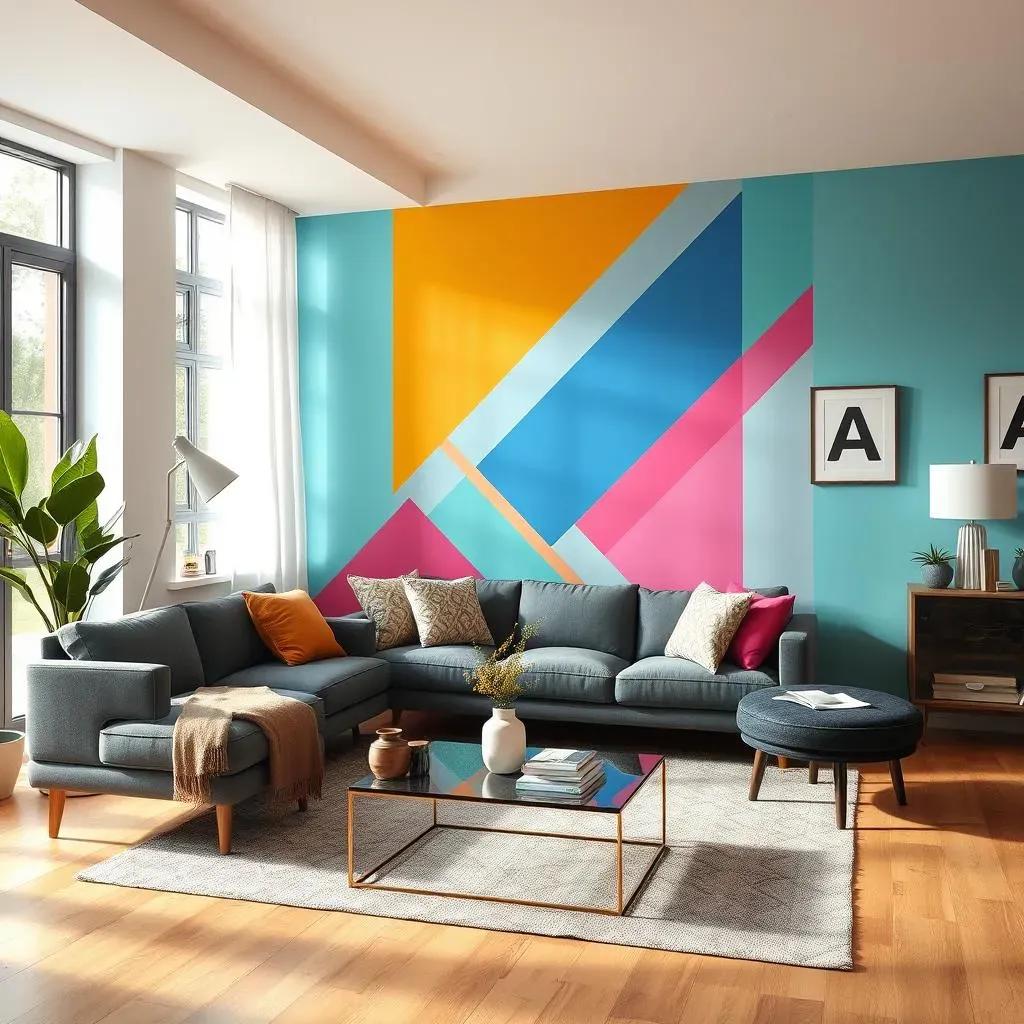
DIY Accent Wall Painting Ideas: Tips and Techniques
Alright, so you're itching to get your hands dirty and create your own accent wall? I get it, there's something super satisfying about doing it yourself! First things first, preparation is key. Start by gathering your supplies: paint, rollers, brushes, painter's tape, drop cloths, and maybe a few old clothes you don't mind getting paint on. Clean the wall you're about to paint, you want a smooth surface for the paint to stick to. Now, for the fun part: taping. Use painter's tape to mark off the edges of your accent wall, making sure the lines are straight and even, you can use a level for this. This step is crucial for achieving those crisp, clean lines that make your accent wall look professional. Don't rush this part, take your time and double-check your tape lines. It's way easier to fix it now than after you've started painting.
Once you're taped up, it's time to paint! Start by cutting in around the edges with a brush, then fill in the rest with a roller. Apply thin, even coats of paint, allowing each coat to dry completely before adding another one. Usually, two coats are enough for good coverage. But, if you're using a lighter color over a darker one, you might need to do three coats. Be patient, it's worth it! After the final coat is dry, carefully remove the painter's tape and take a step back and admire your work. You just transformed a whole room by yourself, how cool is that?! If you see any imperfections, don't worry, you can always touch them up with a small brush.
Step | Action | Tip |
|---|---|---|
1 | Gather Supplies | Don't forget drop cloths! |
2 | Clean the Wall | Remove dust and cobwebs. |
3 | Tape the Edges | Use a level for straight lines. |
4 | Paint! | Apply thin, even coats. |
5 | Remove Tape | Wait for paint to dry completely. |
Frequently Asked Questions About Accent Wall Painting Ideas
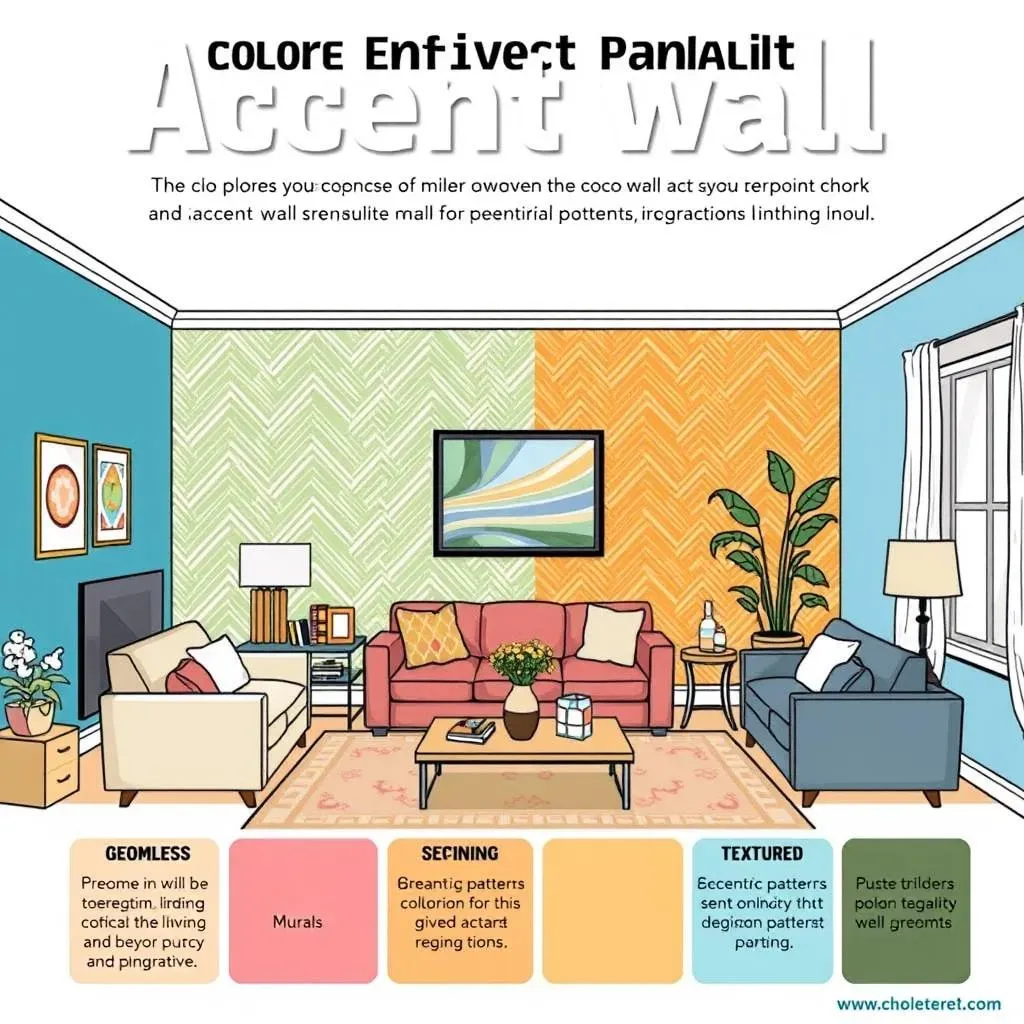
Frequently Asked Questions About Accent Wall Painting Ideas
What's the best way to choose an accent wall?
Okay, so you're wondering how to pick the perfect wall for your accent color? It's a good question! The best way to choose an accent wall is to look for a natural focal point in the room. This could be the wall behind your bed, the wall with a fireplace, or a wall that has a unique architectural feature. It's usually the wall that your eyes are naturally drawn to when you enter the room. Once you've identified that wall, you can start thinking about colors and designs that will enhance its appeal. You also need to consider the room's purpose. Is it a living room where you entertain guests, or a bedroom where you want to relax? The purpose of the room will also influence your choice of accent wall.
Another thing to think about is how the accent wall will interact with the rest of the room. You don't want it to feel out of place, you want it to tie everything together. Consider the existing colors of your furniture and decor, and choose an accent color that complements them. You can use the 60-30-10 rule, where 60% of the room is the dominant color, 30% is the secondary color, and 10% is the accent color. It's not a hard rule, but it can be a good starting point. And don't forget to test paint samples on the wall before making a final decision. It's always better to be safe than sorry!
How much paint do I need for an accent wall?
Figuring out how much paint you need can feel like a math problem, but it's really not too bad. For a standard accent wall, one gallon of paint should be enough for two coats. However, there are a couple of things to consider. First, the size of your wall. If you have a really large wall, you might need a bit more. Second, the color you're using. If you're painting a light color over a dark one, you might need an extra coat, which means you might need a bit more than one gallon. The best thing to do is to measure your wall and check the paint can. Most paint cans will tell you how many square feet it covers.
Also, remember that it's always better to have a little extra paint than not enough. It’s so annoying to run out of paint halfway through a project. You can always use the extra paint for touch-ups or for another project. Also, when you buy paint, try to buy all the paint you need at once. That way, you can make sure all the paint is from the same batch, and that the colors match perfectly. Paint batches can sometimes vary a tiny bit, so it's better to be safe than sorry. And if you have any doubts, ask the folks at the paint store, they are usually happy to help you figure it out.
Question | Answer |
|---|---|
How to choose an accent wall? | Look for a natural focal point, consider room's purpose, and how it interacts with the rest of the room. |
How much paint do I need? | One gallon is usually enough for two coats on a standard accent wall. |
Can I use any color for an accent wall? | Yes, but consider the room's vibe and existing colors. |
